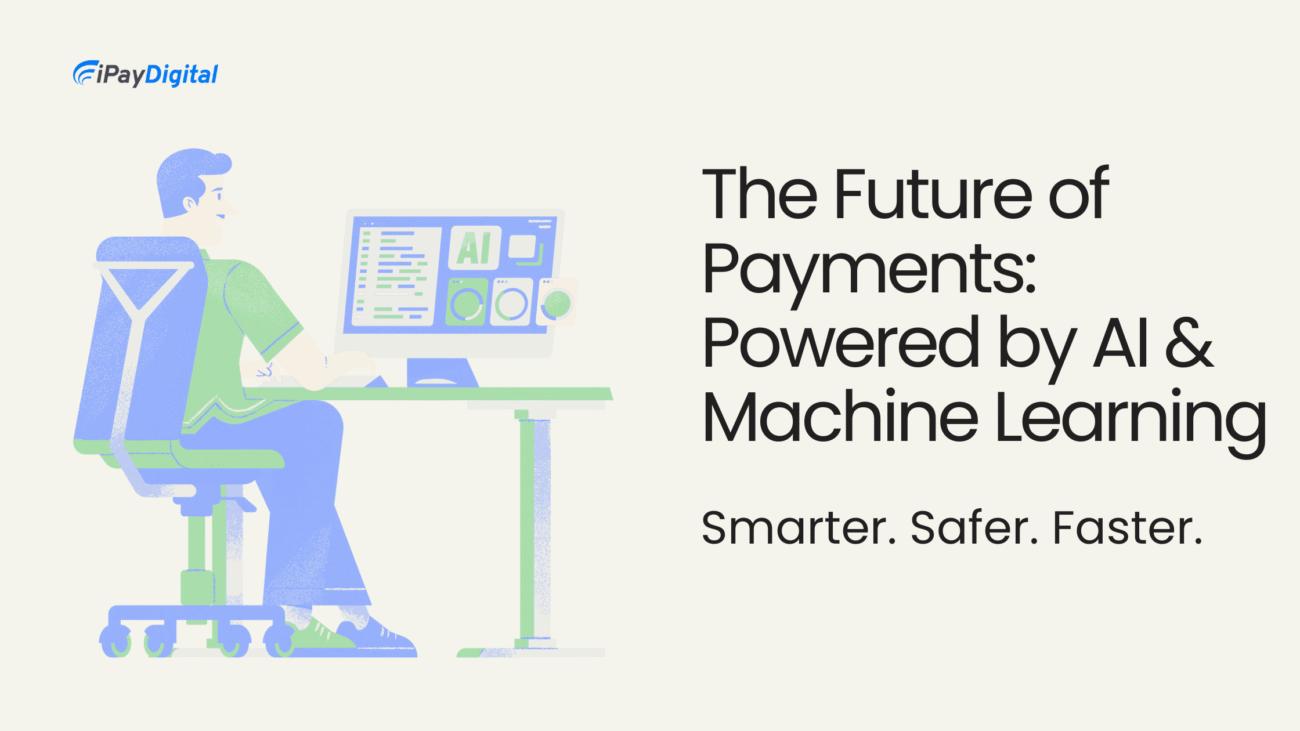In today’s fast-moving digital economy, speed is everything. From instant customer service to next-day deliveries, businesses are expected to be faster, smarter, and more efficient than ever before. When it comes to payments, the story is no different. That’s where Instant ACH payments come into play—bringing a major transformation to how businesses move money.
Let’s take a deep dive into why Instant ACH is becoming a game-changer for businesses and what it means for your financial operations.
What Are Instant ACH Payments?
ACH, or Automated Clearing House, is a network used for electronically moving money between bank accounts in the United States. Traditionally, ACH transfers can take one to three business days to settle—great for routine payroll or bill payments, but not exactly real-time.
Instant ACH payments are designed to address this gap. Leveraging advancements in banking infrastructure and real-time processing capabilities, Instant ACH enables same-day—or near-instant—fund transfers. This allows businesses to make or receive payments quickly, 24/7, including weekends and holidays.
Why Are Businesses Shifting Toward Instant ACH?
The demand for faster payment methods has grown rapidly. Here are a few compelling reasons why more businesses are jumping on the Instant ACH train:
1. Faster Cash Flow
For small and mid-sized businesses, cash flow is often the lifeline. Waiting multiple days for payments to settle can slow operations and limit growth opportunities. Instant ACH helps reduce those delays, allowing companies to reinvest money more quickly or meet unexpected financial needs.
2. Customer Expectations
We live in the age of instant gratification. Whether it’s receiving refunds or processing invoices, customers expect things to happen fast. With Instant ACH, businesses can offer faster payouts, leading to better customer satisfaction and loyalty.
3. Payroll Flexibility
Need to pay employees or contractors outside the normal payroll cycle? Instant ACH is ideal for last-minute payroll processing, gig economy payments, and emergency funds transfers. It’s especially valuable in industries like freelancing, ride-sharing, or delivery services, where workers want quick access to their earnings.
4. Reduced Risk of NSF (Non-Sufficient Funds)
Traditional ACH batches process overnight or over multiple days. With Instant ACH verification and fund settlement happen much faster, reducing the risk of bounced payments due to insufficient funds.
Industries Benefiting Most from Instant ACH
While any business can benefit from faster payments, some industries are particularly well-suited to Instant ACH:
- E-commerce & Retail: Faster refunds and vendor payments improve customer experience and operational efficiency.
- Healthcare: Providers can receive insurance reimbursements and process patient payments more quickly.
- Real Estate: Rent collection and escrow funding can happen in real time, reducing administrative overhead.
- Freelancing & Gig Work: Immediate payments improve worker satisfaction and attract more talent.
- Lending & Financial Services: Instant disbursement and collections allow for faster decision-making and capital turnaround.
Is Instant ACH the Same as RTP?
Not quite. Real-Time Payments (RTP) and Instant ACH both aim to deliver money faster, but they operate on different rails.
- RTP is operated by The Clearing House and offers true real-time payments, with funds clearing in seconds.
- Instant ACH works through enhancements in the existing ACH network, often offering same-day or near-instant processing.
While RTP is faster, Instant ACH is more widely available and often less costly, making it a practical step for businesses transitioning from traditional payment models.
Are There Any Downsides?
Like any financial innovation, Instant ACH comes with its own set of considerations:
- Higher Costs: Some banks and payment processors charge a premium for Instant ACH services.
- Bank Limitations: Not all banks support real-time ACH yet. You’ll need to verify with your provider.
- Fraud Concerns: Faster payments reduce the window for fraud detection. This makes it crucial to have robust fraud-prevention measures in place.
How to Get Started with Instant ACH
Ready to upgrade your payment systems? Here’s a simple roadmap:
1. Talk to Your Bank or Payment Processor
Find out if they support Instant ACH or plan to roll it out soon. Ask about settlement speeds, transaction fees, and batch processing limits.
2. Assess Your Current Workflow
Which payments would benefit most from faster processing? Prioritize payroll, vendor payouts, and customer refunds.
3. Integrate with Accounting or ERP Software
If you’re using platforms like QuickBooks, Xero, or NetSuite, check for plugins or APIs that support Instant ACH. Automation makes a huge difference in tracking and reconciling payments.
4. Communicate with Stakeholders
Let your vendors, employees, or customers know about the upgrade. Setting expectations can improve relationships and reduce confusion.
5. Monitor & Optimize
Track metrics like average payment time, bounce rates, and transaction costs. Use this data to fine-tune your payment strategy over time.
Looking Ahead: The Future of Business Payments
As we move deeper into 2025, Instant ACH is quickly becoming a must-have feature in business banking. It aligns with the broader trends of digital transformation, automation, and real-time operations.
With major banks expanding their capabilities and fintech startups leading the charge, Instant ACH will likely become the default for many types of transactions—much like how mobile payments went from novel to normal in just a few years.
For businesses looking to thrive in this fast-paced economy, adopting Instant ACH isn’t just a smart move—it might be a necessary one.
Keep the Momentum Going
Instant ACH is more than a technical upgrade—it’s a competitive edge. Whether you’re managing a small startup or scaling an enterprise, faster payments mean faster growth, better cash flow, and happier stakeholders.
Now’s the time to embrace the fast lane of finance.














